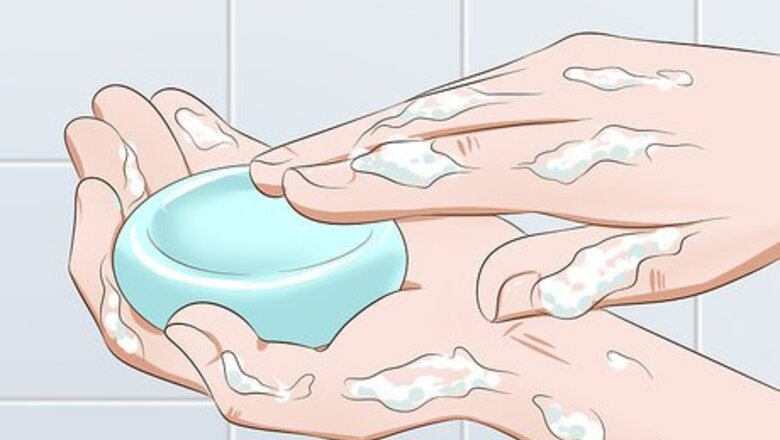
views
Handling Newspapers Properly

Keep the area clean. Handling delicate newspapers that you want to preserve requires a lot of care and extra precautions. This means washing your hands before touching the newspapers to remove any possibly damaging residue on your hands. You should also have a clean workspace – like a big, clean table – to use while handing the newspapers. Make sure your hands are dry before touching the newspaper, especially if you just washed your hands. Keep food and drinks away from the area while you are working with the newspapers.
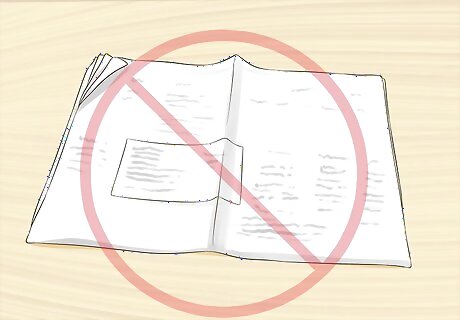
Avoid folding the newspaper. When handling newspapers that you intend to preserve, try to never fold them except on their original middle crease. Keep the edges aligned neatly so that the center fold remains intact and other portions of the newspaper don’t get folded inadvertently. Additionally, you should avoid folding the corners of newspapers, even in a dog ear fold to mark a certain passage, as this will further damage the newspaper.
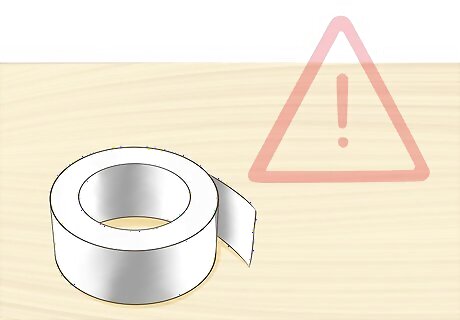
Avoid contact with possibly damaging items. Newspapers are extremely fragile and can be permanently damaged by contact with most other surfaces or items that aren’t intended for use with newspaper conservation. This includes paper clips, rubber bands, adhesive tape, or any kind of glue.
Protecting the Newspaper Pages
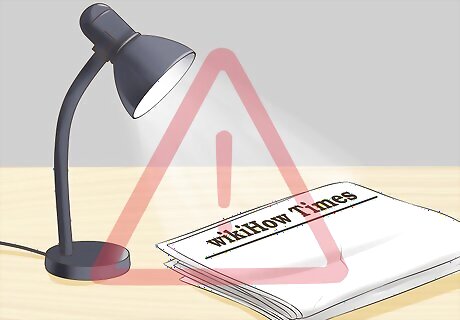
Shield the newspaper from light. Light has an incredibly damaging effect on newspaper pages and the print that appears on them. Over time, prolonged exposure to light will cause a newspaper to become brittle and the content to fade. Keep your precious newspapers out of light (both natural and artificial) whenever possible. Don’t store them in a bright rooms or leave them outside in the sun.
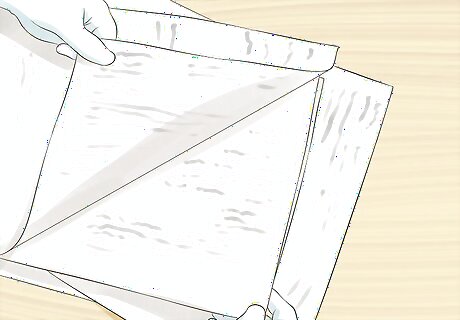
Separate newspaper pages using acid-free paper. Because newsprint has lots of acid, keeping pages pressed together encourages acid to spread and break down the wood pulp fibers. Contact with any acidic materials can cause extensive damage to the pages, so you need to protect them by inserting acid free paper between each page. Alkaline buffered tissue, available from conservation suppliers, is the best option for separating newspaper pages. A cheaper alternative is acid-free tissue paper which, while not preventing the spread of acid between pages, does reduce the risk of increasing the acidity of the newspaper.
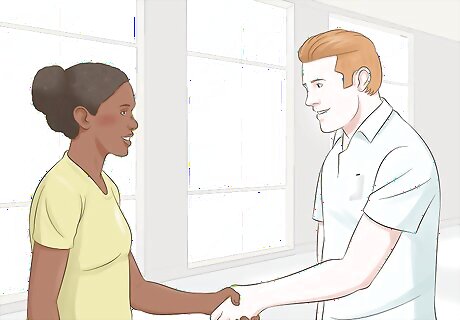
Consult a professional conservator. For especially valuable newspapers, it may be advisable to contract the services of a professional conservator. Conservators can remove acid from newspapers and provide top-notch storage equipment; their services, however, will likely run into the hundreds of dollars. Lists of available conservators can be found at the website of the American Institute of Conservation. Additionally, there are products available for de-acidifying old documents, such as Archival Mist spray. However, unless your newspaper is very new, you should always consult a conservator before using such products, as you may unintentionally damage your newspaper in your effort to conserve it.
Storing a Preserved Newspaper
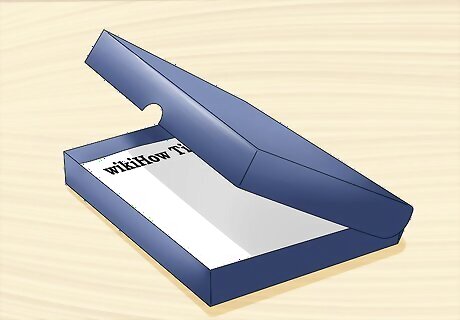
Place the newspaper in a shallow, rigid box. You want to protect the newspaper from air, light, and pests. Newspaper-specific storage boxes are available from conservation suppliers and most craft stores; however, a simple cardboard or wooden box will do as long as it is acid-free. Boxes and sleeves used for storing film are also appropriate.
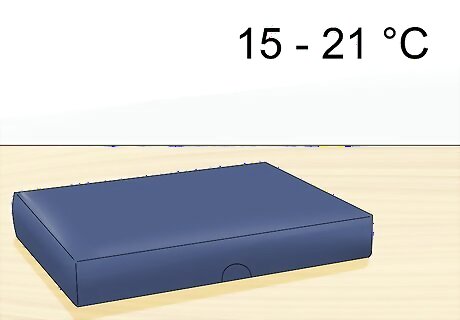
Store the newspaper in a dry, dark, cool area. To prevent the degradation of the newspaper material, you need to store it in an appropriate place. This means somewhere dark and cool with no humidity or moisture in the air. There should be no light, natural or otherwise. Your newspaper storage area should be between 60 and 70 degrees Fahrenheit (or between 15 and 21 degree Celsius). Humidity should be between 40 and 50 percent. Places that fluctuate in temperature or acidity – like garages, basements, or attics – are not ideal.
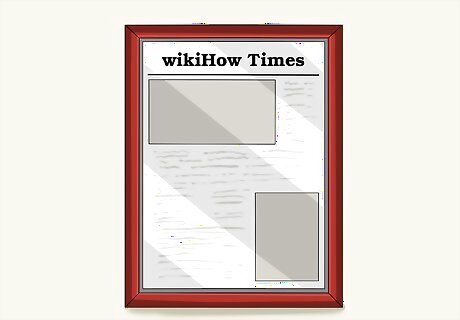
Display newspapers behind UV-resistant glass. If you wish to have the newspaper out of a box, consult a framer for the best type of glass and frame. You will want a backing board that is acid-free, and you will want your glass to block UV light. Remember that when you display newspapers you still need to keep them in dry, dark, cool places. If you are framing a newspaper clipping, mount it to an acid-free and lignin-free album page using acid-free and lignin-free paper photo corners. Using tape, glue, or paper that is not acid-free can cause damage to the clipping.
Scanning or Copying Newspapers
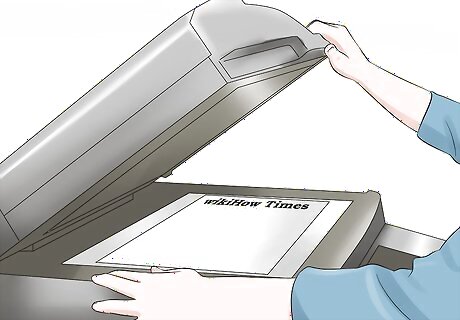
Scan newspapers. Another option for preserving newspapers is to use a scanner or copier to reproduce the document. Scanning allows you to create a digital copy of the newspaper that you can keep on your computer and then view digitally or make copies of it whenever you want. Copies made on regular printing paper will be more durable than the original newspaper itself. Make sure that you don’t run the newspaper through an automatic feeder as it could damage the original document. Instead, carefully place the newspaper on the top glass for scanning, being careful not to press down too hard on the cover.
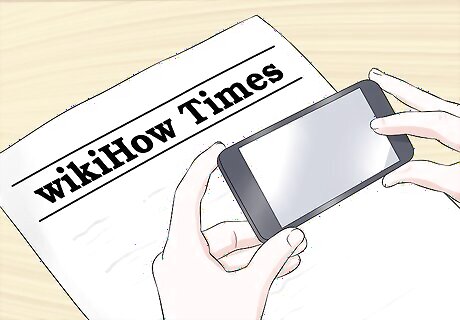
Take digital photos of newspaper pages. In addition to scanning your newspaper, you can also preserve it by taking digital pictures of the newspaper pages. This will create a digital image that you can save on your electronic devices for future use. To do this, you can use a digital camera or even the camera on your smartphone.
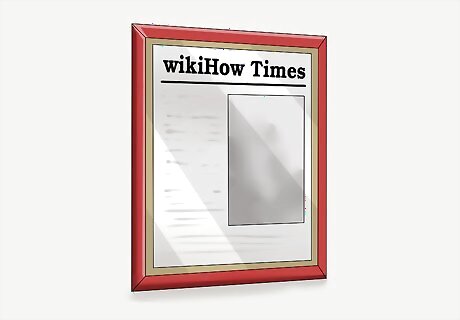
Use a copy of the newspaper for display. If you want to display your newspaper, consider using a printed photocopy for the actual display instead of the original. A photocopy, even one made on standard printing paper, will hold up better over time as it is exposed to the light and other elements. Then you can store the original newspaper in a storage box so that it will be preserved more safely.













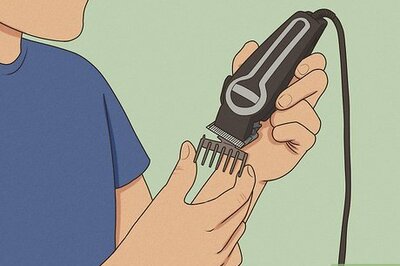
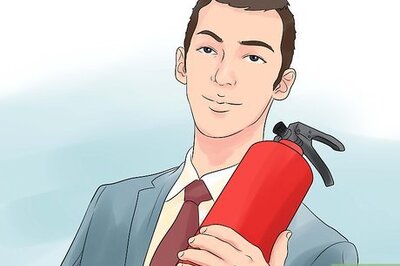



Comments
0 comment